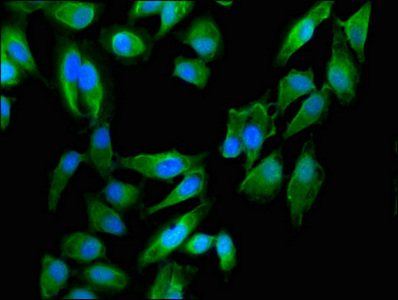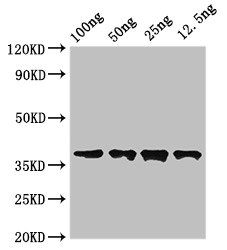Involvement in disease
Neuropathy, hereditary sensory and autonomic, 6 (HSAN6); Epidermolysis bullosa simplex, autosomal recessive 2 (EBSB2)
Subcellular Location
Cytoplasm, cytoskeleton. Cytoplasm, cytoskeleton, stress fiber. Cell projection, axon.; [Isoform 1]: Cytoplasm, cytoskeleton. Cytoplasm, myofibril, sarcomere, Z line. Cytoplasm, myofibril, sarcomere, H zone.; [Isoform 2]: Cytoplasm, cytoskeleton.; [Isoform 3]: Cytoplasm, cytoskeleton. Cell junction, hemidesmosome.; [Isoform 6]: Nucleus. Nucleus envelope. Membrane; Single-pass membrane protein. Endoplasmic reticulum membrane; Single-pass membrane protein. Cytoplasm, cytoskeleton. Cytoplasm, cytoskeleton, stress fiber.; [Isoform 7]: Cytoplasm, cytoskeleton. Cell projection, axon. Membrane. Note=Associates with axonal microtubules and intermediate filaments, but not with actin cytoskeleton, in sensory neurons.; [Isoform 8]: Cytoplasm, cytoskeleton. Cytoplasm, cell cortex. Cell membrane; Lipid-anchor.








